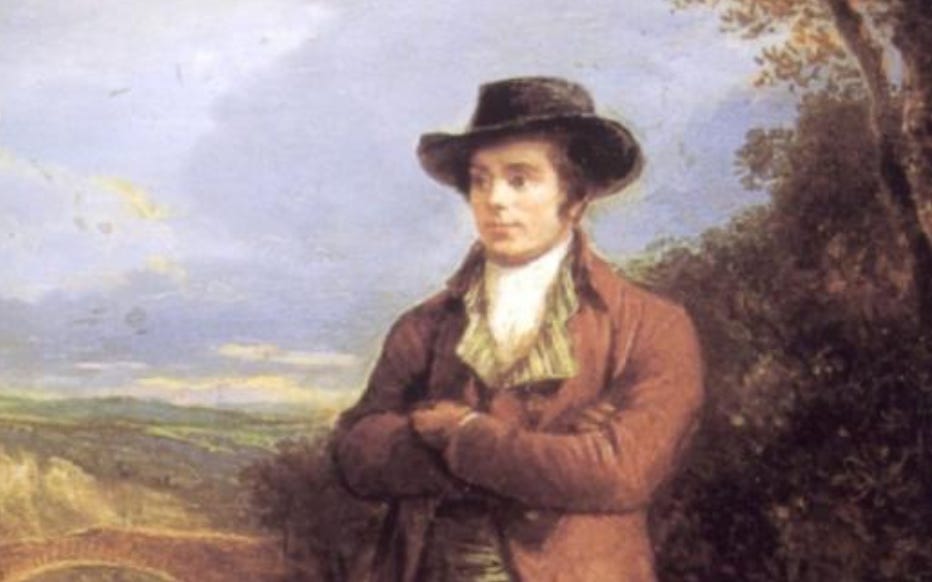THE SIGNAL from David Katznelson
"You can't make people listen. They have to come round in their own time, wondering what happened and why the world blew up under them"-Ray Bradbury
Today is the birthday of Max Fleischer, one of the original animators who evolved the craft in so many ways including introducing the technique of rotoscoping (using a rotoscope, which he invented)…of tracing animation atop of motion picture frames to simulate natural motion. He and his brother David founded Fleischer Studios and went on to create the greatest animated films of the day with characters like Betty Boop and Popeye The Sailor that are still in our culture today, almost 100 years after they were introduced to the silver screen.
Asher and Kaya have been (and still are) raised watching Betty Boop, whose early 30s films are some of the most psychedelic and compelling animations of all time. And of course, it is impossible to turn away from cartoons that feature the likes of Louis Armstrong and Cab Calloway, with the Fleischer brothers at times even inserting live footage of those music legends and others into the action. The early productions just vibrate with movement as everything on screen seems ready to morph into the most unexpected things…all with great humor and smarts. So in honor of Max’s 138th birthday, here is a brief sampling (incomplete!) of some of my favorite cartoons (with links to each one) that he and brother Dave created. To be honest, any of the early ones from the early 30’s are pretty damn great.
Happy Monday!
Bimbo’s Initiation (1931): The character of Bimbo preceded Betty Boop, with Boop being introduced sparingly at first (Betty is more dog-like here). This 1931 gem is one of the craziest, out-there cartoons of the bunch.
Any Rags (1932): Bimbo is the garbage collector here and this pre-code flick has Betty singing to her friend while revealing more than she bargained for.
Minnie the Moocher (1932): The Fleischer Brothers created a few cartoons that started with a live moment with their soundtrack musicians before fading into cartoon-land. This one featuring one of my favorites, Cab Calloway. There are two more incredible Betty Boop episodes that feature Calloway as well: Snow White (which is fantastic even BEFORE Koko the Clown performs St. James Infirmary) and The Old Man Of The Mountain.
I’ll Be Glad When You’re Dead You Rascal You (1932): Yes, live Louis Armstrong as well as Armstrong chasing our hero…as a cannibal. Might not be the most politically correct cartoon in the bunch, but Armstrong is SO WORTH WATCHING.
Popeye The Sailor Man Meets Sindbad the Sailor (1936): The Fleischer Brothers took there work to a whole new level with the two Popeye “musicals” they produced in the mid-30s. I think it is safe to say that Gen Xers grew up watching these on VHF…and great to revisit.
Popeye The Sailor Man meets Ali Baba and the Forty Thieves (1937): The second of the Popeye mini-musical classics.
Betty Boop at Grampy’s House (1935): One of the better “later period” early Betty Boop cartoons (if that makes any sense). Her friend Grampy is an inventor ala Rube Goldberg with a music scene featuring the classic number Hold That Tiger that is just jaw dropping.
Betty Boop's Bamboo Isle (1932): Just a nuts-o adventure around the world featuring the incredible music of (and an appearance by) the Royal Samoans. Watch for the fish who plays music off of his own skeleton.
Poor Cinderella (1934): In her only color cartoon of her classic period, Betty delivers big on the Cinderella tale.
It’s Magic! Ye Olde Hocus Pocus
Looking for a few good party tricks? Perhaps pulling a card from your sleeve, or a smooth shell game, or even a captivating decapitation? Harry Houdini had the book for you. In 1927, at the bequest of Houdini, the Library of Congress received his personal collection of 4,000 volumes. In addition to documenting Houdini’s personal campaign against Spiritualism, the collection contains what you would imagine – magic books, playbills and many volumes of pamphlets on such topics as card tricks, mediums, hypnotism and handcuff escape methods.
William Basinski looks back on ‘Disintegration Loops’ and dying media
Basinski is one of the most compelling composers of the day, creating ambient drones that initiate healing and deep mediations around dealing with loss. He has been creating for decades but made a big name for himself after 9/11 with his Disintegration Loops. And now, 20 years later…it looks like there is a documentary coming out about his career.
Robert Burns: Legacy of the ploughman poet that stretches around the globe
225 years after poet Robert Burns died and his poetry still holds up. The San Francisco Appreciation Society once held a reading by his statue in Golden Gate park with Flossy Lewis giving a speech about his suspect moral character and how work delightfully reflects it.
HIROSHI SUGIMOTO’S CONTROVERSIAL REVITALIZATION OF HIRSHHORN’S SCULPTURE GARDEN GETS THE GO-AHEAD
“Two new entrances will be added to the garden…as will a network of accessible paths. The partition wall dividing museum from garden will be replaced by a lower, stacked-stone structure meant to mimic Japanese dry-stacking and to provide acoustic baffling for live performances. It is this last element of the design that raised hackles, with detractors calling the stacked stone out of sync with the aesthetic of the garden, in which all existing structures are rendered in aggregate concrete.”
A Dent in a Bucket
BY GARY SNYDER
Hammering a dent out of a bucket
a woodpecker
answers from the woods






